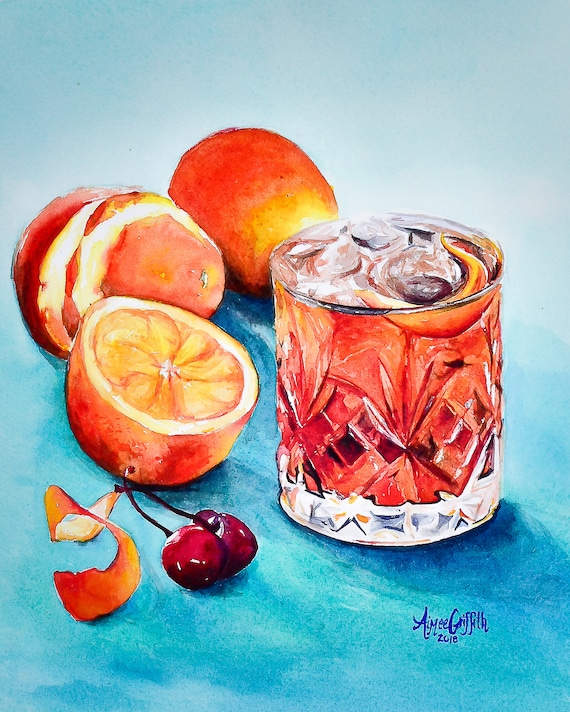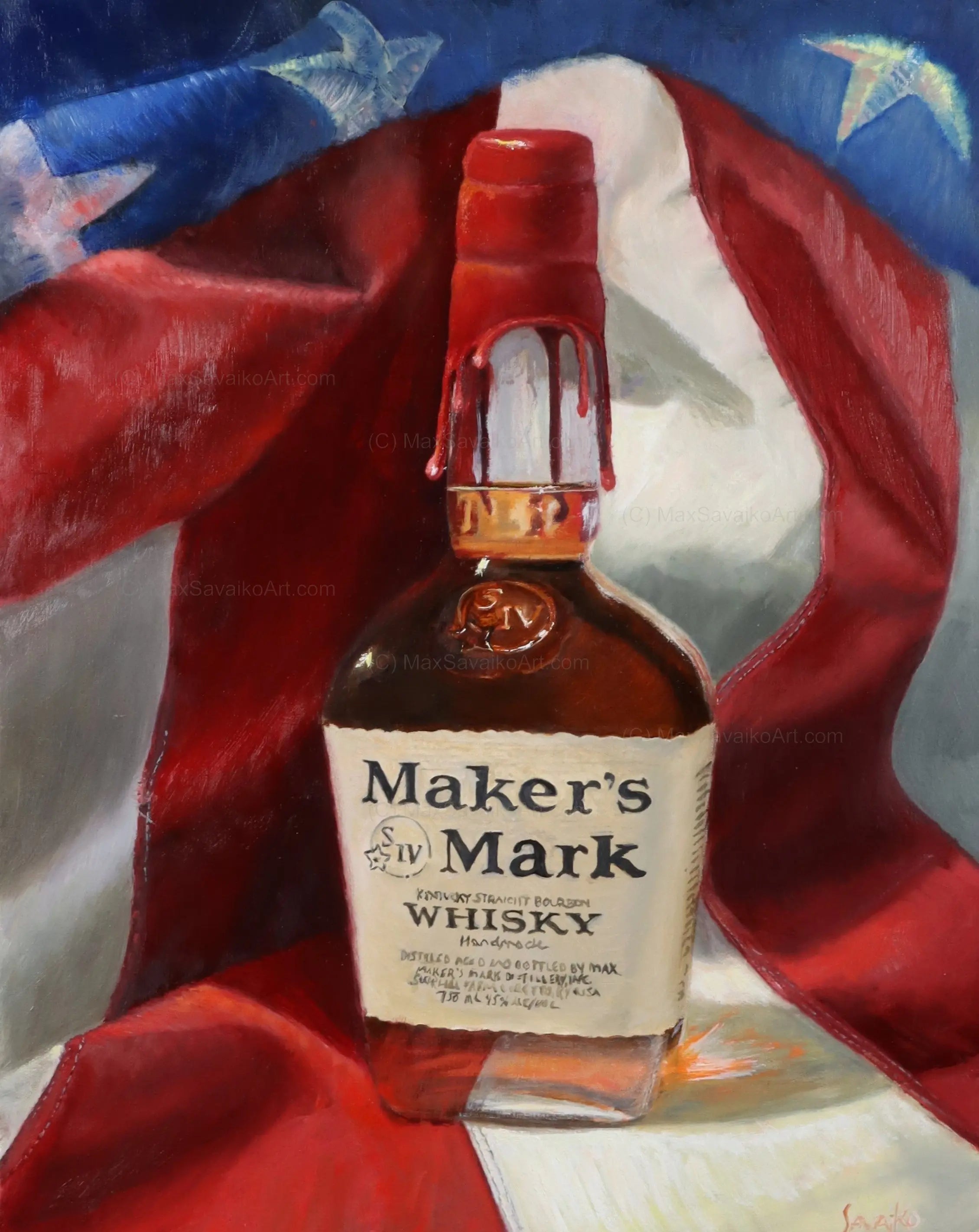The Value of Whiskey Art in Celebrating Heritage and Workmanship in the Beverage Sector
The intricate relationship between whiskey art and the celebration of heritage and workmanship within the beverage sector can not be overemphasized. With attentively developed tags and bottles, whiskey brands encapsulate their historical roots and the artisanal skills that specify their production techniques. This creative dimension not just improves market charm but also serves as a conduit for social storytelling, cultivating a deeper connection between the craft and the customer. As we discover the numerous facets of this subject, interesting inquiries concerning the effect of modern-day fads on conventional techniques occur, motivating further evaluation.
The Historic Roots of Whiskey
At the heart of whiskey's allure exists an abundant tapestry of historic roots that map back to ancient civilizations. The beginnings of bourbon can be linked to the purification methods of the Sumerians and Babylonians around 2000 BCE, where very early types of fermented grain beverages started to arise. Nonetheless, it was in the Middle Ages that the art of purification progressed dramatically, specifically in Ireland and Scotland, resulting in the production of bourbon as we recognize it today.
The term "scotch" itself obtains from the Gaelic word "uisce beatha," implying "water of life." This phrase emphasizes the social importance of whiskey in Celtic societies, where it was commonly related to rituals, events, and public bonding. By the 15th century, purification ended up being a recognized craft within monastic communities, leading the way for the establishment of lawful distilleries.
As trade paths increased, bourbon's appeal grew, going beyond regional boundaries and capturing the interest of aficionados worldwide. Whiskey Art. This historic journey mirrors not just the workmanship behind bourbon manufacturing but additionally its important function in cultural and social contexts, marking it as a considerable drink throughout history
Artistic Expression in Branding
Whiskey branding stands as an engaging intersection of artistry and commerce, where aesthetic identity plays a crucial duty in forming customer understanding. The appearances of bourbon tags, product packaging, and advertising materials show not only the brand's tale however also its core values and heritage. With creative expression, distilleries share a story that reverberates with customers, stimulating emotions and sparking connections.
The use of shade, typography, and imagery in branding serves to distinguish products in a saturated market. For instance, traditional themes might evoke a feeling of authenticity and workmanship, while contemporary designs can signify technology and forward-thinking. This tactical creative instructions enhances brand recognition and loyalty, allowing consumers to build a personal connection with the scotch they select.
Additionally, artistic expression in branding typically offers as a celebration of local heritage. Distilleries frequently include local symbols or historical referrals into their layouts, developing a sense of place that welcomes consumers to participate in a broader social experience. Inevitably, the creativity behind bourbon branding not just enhances visual allure but additionally improves the total story of the brand name, promoting a much deeper gratitude for the workmanship and heritage embedded in each bottle.
Workmanship in Bottle Layout
The creativity obvious in bourbon branding extends past aesthetic identity to incorporate the craftsmanship associated with container design. Each bottle functions as a vessel not just for the spirit within, however also for the tale it outlines its tradition, high quality, and origin. The layout process calls for precise interest to information, as components such as closure, product, and shape add significantly to the total understanding of the whiskey.
Workmanship in bottle layout entails picking high-grade glass that can enhance the scotch's color and quality, while additionally supplying a tactile experience for the consumer. The silhouette of the container need to be both cosmetically attractive and functional, typically reflecting the heritage of the brand name. Many distilleries choose unique forms or embossed logos that stimulate a sense of authenticity and background.
Moreover, the label layout and typography play an essential role in interacting the brand's narrative. Bourbon Art. A well-crafted bottle not only mesmerizes the customer's eye yet additionally reinforces the brand's dedication to high quality and custom. By doing this, the craftsmanship of bottle design comes to be a crucial element of the bourbon experience, combining creativity with a profound regard for heritage
Cultural Significance of Whiskey Art
Celebrating custom and workmanship, the social relevance of bourbon art goes beyond simple aesthetic appeals, linking with the historic and social stories of the regions from which it stems. Each container functions as a canvas, depicting the distinct tales, folklore, and customs that have formed regional whiskey-making methods. The complex styles usually mirror the heritage of the distillers, including signs and motifs that resonate with the society and values of their areas.

In enhancement, bourbon art plays a Go Here crucial function in communal celebrations and parties, serving as a substantial web link in between individuals and their shared experiences. By valuing the artistry in bourbon product packaging, customers cultivate a much deeper understanding and regard for the craft, ultimately improving their enjoyment of the drink itself.
Modern Trends in Bourbon Presentation
In recent years, the presentation of whiskey has actually progressed to reflect contemporary tastes and fads while still honoring conventional workmanship - Limited Edition. Distilleries are increasingly concentrating on aesthetic elements that improve the general alcohol consumption experience, connecting the space between heritage and modernity
Ingenious go to this site bottle styles have emerged, commonly including lasting materials and artistic labels that inform compelling tales. Several brand names currently work together with regional musicians, infusing their products with unique visual expressions that reverberate with customers. Furthermore, limited-edition launches are usually packaged in collectible containers, adding value and appeal for connoisseurs.

Verdict
In conclusion, bourbon art offers as a crucial avenue for revealing the heritage and craftsmanship fundamental in the drink sector. Through detailed branding, ingenious container designs, and culturally substantial creative elements, bourbon brands effectively recognize their traditions and link with customers.


Craftsmanship in container layout includes selecting premium glass that can improve the scotch's shade and quality, while also supplying a responsive experience for the customer. In this method, the workmanship of container layout ends up being an essential element of the whiskey experience, combining artistry with an extensive respect for heritage.
In verdict, whiskey art offers as a crucial conduit for revealing useful content the heritage and workmanship inherent in the beverage market.